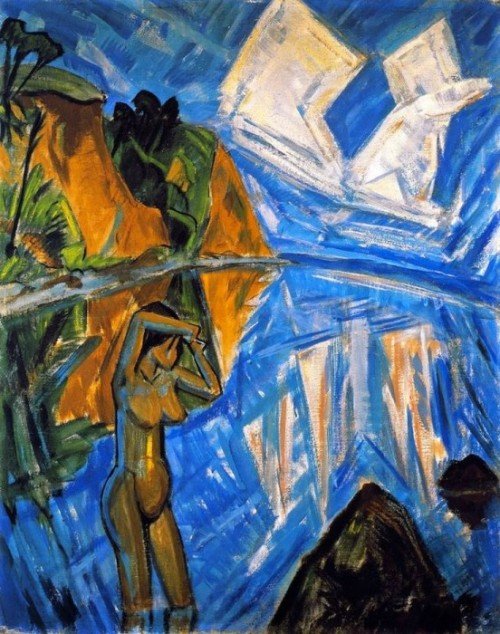
Sex education has always been a contentious issue throughout history, with many cultures and societies struggling to find a way to provide comprehensive education about human sexuality in a way that is both informative and sensitive. In the 19th century, however, some educators and artists began to turn to art as a way to educate people about sex and sexuality. This blog post will explore the role that art played in sex education in the 19th century and how it helped shape public attitudes towards sex and sexuality.
During the 19th century, there was a growing interest in educating the public about sex and sexuality, which was seen as an important part of promoting public health and hygiene. However, this was a difficult task, as many people were uncomfortable discussing sex and sexuality, and there were few resources available for educating people on the subject. In this context, art emerged as a powerful tool for sex education, with many artists using their work to explore and educate people about human sexuality.
One of the most notable artists working in this area was the French painter Gustave Courbet. Courbet was known for his realistic depictions of everyday life, and he often used his paintings to explore taboo subjects, including sex and sexuality. One of his most famous works is "The Origin of the World," a painting that depicts a woman's genitalia in explicit detail. Although the painting was initially controversial, it was also seen as a powerful statement about the beauty and naturalness of the human body, and it helped to break down some of the taboos surrounding sex and sexuality.
The painting depicts the genitals of a woman in explicit detail, with a strong focus on the pubic area. The subject of the painting is highly controversial, and has sparked debate and controversy since its creation.
At first glance, the painting may seem shocking or even offensive to some viewers, as it presents an intimate and private part of the human body in a highly visible and exposed way. However, there is more to the painting than just shock value. Courbet was known for his realistic depictions of everyday life, and "The Origin of the World" can be seen as an extension of this approach. The painting is highly detailed, with the pubic hair, labia, and other features of the female genitalia rendered with remarkable precision and attention to detail.
Despite its explicit subject matter, "The Origin of the World" is also a work of art, with many artistic elements that are worth appreciating. The painting is rendered in a realistic style, with a strong use of light and shadow to create depth and dimensionality. The colors are muted and subdued, with a focus on earth tones and natural hues that give the painting a sense of warmth and intimacy.
Overall, "The Origin of the World" is a powerful and provocative work of art that challenges traditional ideas about nudity and sexuality. It may not be suitable for all audiences, but for those who are open to exploring new ideas and perspectives, it is a fascinating and thought-provoking work that is worth experiencing firsthand.
Another artist who used art to educate people about sex was the British painter William Etty. Etty was known for his large-scale paintings of nudes, which were often criticized for being too explicit. However, Etty saw his work as a way to promote a more positive view of the human body and to educate people about the beauty and complexity of human sexuality. In his paintings, he often depicted couples in various stages of intimacy, highlighting the physical and emotional aspects of sex and sexuality.
In addition to painters, writers and poets also used their work to explore and educate people about sex and sexuality. One of the most notable examples is the English poet John Donne, whose erotic poetry was celebrated for its sensuality and honesty. Donne's work challenged traditional ideas about sex and love, and helped to open up new conversations about human sexuality.
Despite the many artists and writers working to promote sex education through art, there were still many taboos and restrictions surrounding the discussion of sex and sexuality in the 19th century. Many artists and writers faced censorship and criticism for their work, and there was a general reluctance among the public to engage in open and honest discussions about sex. Nevertheless, the work of these artists and writers helped to lay the foundation for more open and honest conversations about sex and sexuality in the years to come.
Today, sex education continues to be a contentious issue, with many people still uncomfortable discussing sex and sexuality. However, the use of art as a tool for sex education has continued to evolve and grow, with many contemporary artists and writers exploring new ways to use their work to promote a more positive and comprehensive understanding of human sexuality.
In conclusion, the use of art as a tool for sex education in the 19th century was a groundbreaking development that helped to break down taboos and promote more open and honest discussions about sex and sexuality. Through their paintings, poems, and writings, artists and writers challenged traditional ideas about sex and love, and helped to create a more positive and comprehensive understanding of human sexuality. While there is still much work to be done to promote comprehensive sex education, the legacy of these artists and writers continues to inspire and inform new generations of educators and artists.







